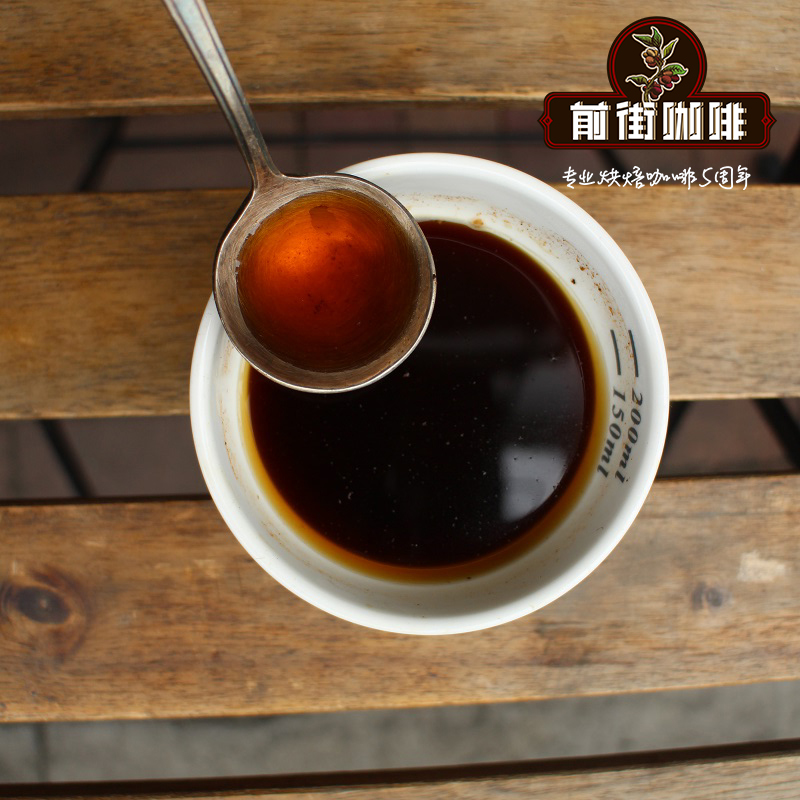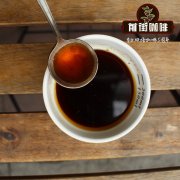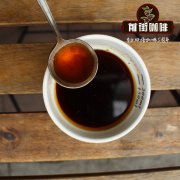Columbia Coca Uribe Barrilla introduces Colombian Coffee

Professional coffee knowledge exchange more coffee bean information please follow the coffee workshop (Wechat official account cafe_style)
Cauca province is one of the well-known boutique coffee producing areas in Colombia, bordering Nalinglong in the west and Vera province in the east. The 29 administrative districts where coffee is grown range from 1758 meters to 2100 Michael above sea level. Like the boutique coffee producing areas in southern Colombia, the climate, rainy season, volcanic soil and other factors have a high degree of homogeneity. A fixed rainfall cycle (the dry season from August to September is followed by a rich rainy season, Rain Water) provides favorable fruiting factors for coffee trees. High-intensity sunshine and low rainfall coincide with the flowering season (July-August), when it also leaves the equatorial windless zone, providing favorable flowering conditions for coffee trees. These factors also contributed to the concentrated harvest in the first quarter of the next year. Compared with other coffee-growing areas in Colombia, the climate is more variable in the daytime temperature: the average daily temperature is as low as 11 degrees, and the average temperature during the day is 18 degrees (the average temperature at night is 4 degrees). This sharp temperature difference between day and night is a boost to the growth of Coca Coffee. The low night average temperature caused by high altitude slows down the ripening of coffee beans, improves the acidity and gives special sweetness.
Sotara is a small town in the middle of Cauca, while the Sotara volcano belongs to the Andes, providing nutritious soil for coffee beans to grow. Coffee cultivation in this area covers an area of about 911 hectares and consists of mountainous areas and three well-known rivers: Caueta, Cauca and Magdalena.
In the village of Uribe in the autonomous region of El Tambo, Cauca Province, small farmer producer Jose Cornelio BarretaMontenegro and his wife Gerardina Serna jointly manage 1 hectare of land. Benefiting from the volcanic environment of Cauca Province, this area has suitable external planting conditions such as volcanic soil, a high altitude of more than 1800 meters and rainfall of 2300-2600mm. Although the land is small, Barrera is always full of enthusiasm, focusing on growing coffee and constantly learning new technologies to improve quality. For example, work with other local producers to develop a set of standardized harvest procedures, after drying, the Barrera couple also hand-picked defective beans.
Qianjie recommended cooking parameters:
Hand punch: V60 filter cup small Fuji R440 grinding 3.5, water temperature about 90 degrees
The recommended grinding degree of normal pressure is 4 and the water temperature is 90 ℃.
The recommended siphon grinding degree is 4, and the water temperature is 90 ℃ ~ 91 ℃.
The pressure grinding degree of Philharmonic is recommended to be 3.5, and the water temperature is 90 ℃.
Important Notice :
前街咖啡 FrontStreet Coffee has moved to new addredd:
FrontStreet Coffee Address: 315,Donghua East Road,GuangZhou
Tel:020 38364473
- Prev

Introduction of Columbia COE introduction of La Lagrimita teardrop Manor
Professional coffee knowledge exchange more coffee bean information please follow the coffee workshop (Wechat official account cafe_style) CoE, that is, Cup of Excellence, CoE competition beans have become the indicator model of coffee competitions in coffee producing countries around the world. At present, a total of seven important coffee producing countries have joined the CoE competition, including Brazil, Colombia, Bolivia in South America and Guatemala in Central America.
- Next

Columbia Los Lagos Lake Manor introduction Colombian Coffee introduction
For more information about coffee beans, please follow the Coffee Workshop (official Wechat account cafe_style) Los Lagos Manor is located in the Argentine village of St. Augustine, Villa Province, Colombia, near the Los Naranjos River. The manor has its special micro-environment, and the coffee trees are exposed to the sun from 9 a.m. to 04:30 every day. Fortunately, it is close to the river, so the temperature suddenly rises at night.
Related
- Does Rose Summer choose Blue, Green or Red? Detailed explanation of Rose Summer Coffee plots and Classification in Panamanian Jade Manor
- What is the difference between the origin, producing area, processing plant, cooperative and manor of coffee beans?
- How fine does the espresso powder fit? how to grind the espresso?
- Sca coffee roasting degree color card coffee roasting degree 8 roasting color values what do you mean?
- The practice of lattes: how to make lattes at home
- Introduction to Indonesian Fine Coffee beans-- Java Coffee producing area of Indonesian Arabica Coffee
- How much will the flavor of light and medium roasted rose summer be expressed? What baking level is rose summer suitable for?
- Introduction to the characteristics of washing, sun-drying or wet-planing coffee commonly used in Mantenin, Indonesia
- Price characteristics of Arabica Coffee Bean Starbucks introduction to Manning Coffee Bean Taste producing area Variety Manor
- What is the authentic Yega flavor? What are the flavor characteristics of the really excellent Yejasuffi coffee beans?

